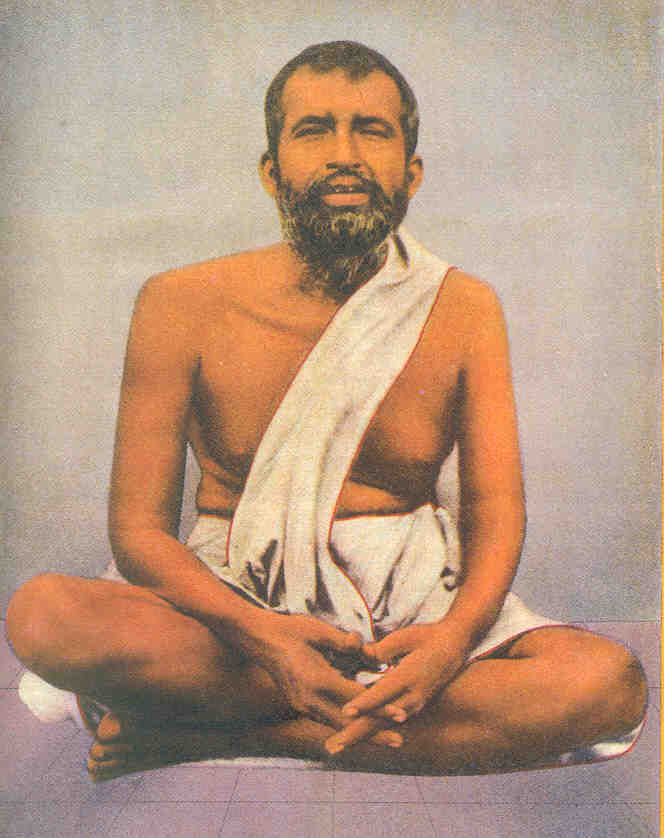All About Bharatiya Sanatana Dharmam otherwise known as Hinduism : 2.1.22&23.
CHAPTER 2. HINDU SCRIPTURES : 1.22&23
1.The Scriptures : 22&23
22. The Natakas & 23. The Alankaras
22.
These are marvellously scholastic dramas embodying the Rasas of Sringara, Vira, Karuna, Adbhuta, Hasya, Bhayanaka, Bibhatsa and Raudra. It is told that none can write on the ninth Rasa, viz., Santi. It is attainable only on final Liberation. The best dramas are written by Kalidasa (Sakuntala), Bhavabhuti (Uttara-Rama-Charita), and Visakhadatta (Mudrarakshasa).
23.
These are grand rhetorical texts, treating of the science of perfection and beauty of ornamental language and of effective composition with elegance and force, both in poetry and in prose. These are the fundamentals of Sanskrit Sahitya, even superior to the Kavyas and the Natakas. The best Alankara-Granthas are those of Mammata (Kavyaprakasa) and Jagannatha (Rasagangadhara).
Conclusion :
These constitute the entirety of Sanskrit literature—sacred and secular. The Sruti is the root; the Smritis, Itihasas and Puranas are the trunk; the Agamas and Darsanas are the branches; and the Subhashitas, Kavyas, Natakas and Alankaras are the flowers of the tree of India’s Culture.
The Smritis, the Itihasas, the Puranas, the Agamas and the Darsanas are only developments of the Veda. Their ultimate source is the Veda. Their one common aim is to enable man to annihilate his ignorance and attain perfection, freedom, immortality and eternal bliss through knowledge of God or the Eternal. Their purpose is to make man like God and one with Him.
Next : CHAPTER- 3.
1. HINDU DHARMA
Swami Sivananda
To be continued...



.jpg)

Comments
Post a Comment